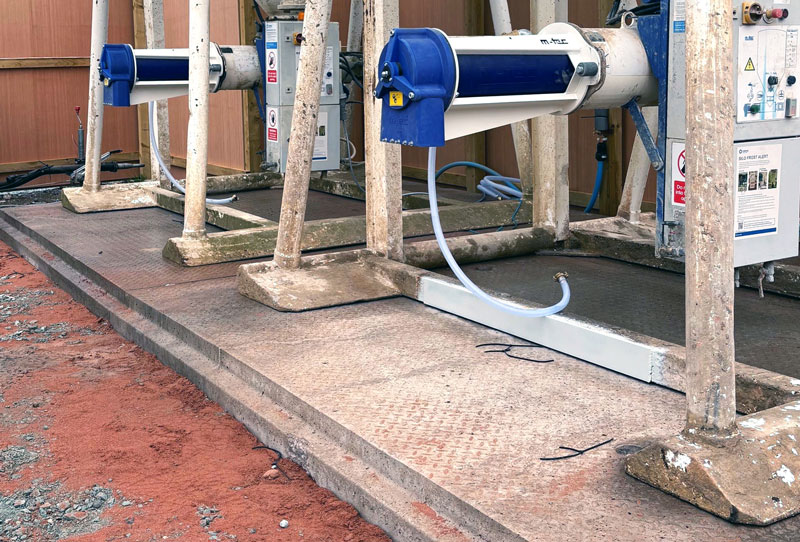Why precast concrete drainage is the best option for your project needs
25-04-2024
Climate change is already causing more frequent and severe weather patterns, and experts predict that these conditions will only worsen over time.
The increase in rainfall events, which are becoming more intense and prolonged, is putting additional strain on existing drainage systems. In response, the Flood and Water Management Act, introduced in 2010, outlined stringent measures to address surface water flooding. Recent guidance, such as the National Sustainable Drainage Systems (SuDS) Standards and the New London Plan, advocates for the use of SuDS as the preferred solution for managing surface water.
Recognising the need for careful consideration of water management tools, products, and systems, including precast concrete drainage, this guidance emphasises the importance of selecting the most suitable solution for each project.
Precast concrete drainage products offer several advantages. They can often be installed without requiring a full granular bedding and surround, allowing for the reuse of excavated materials and reducing waste disposal and landfill tax costs. Additionally, during recent material shortages, the supply of concrete drainage products remained stable, unlike thermoplastic drainage materials, which were affected by fluctuations in oil prices and shortages.
Concrete drainage products are well-suited to the changing climate in the UK. They do not require special protection against sunlight, heat, or site activities, and their inherent strength and durability make them resistant to abrasion and corrosion, ensuring they maintain their performance over time.
Elite Precast Concrete systems provide low-maintenance solutions with high product quality and performance. Approved for use by National Highways, Network Rail, Water Companies, the Environment Agency, and major housebuilders, they are an ideal choice for architects, developers, contractors, merchants, and installers.






